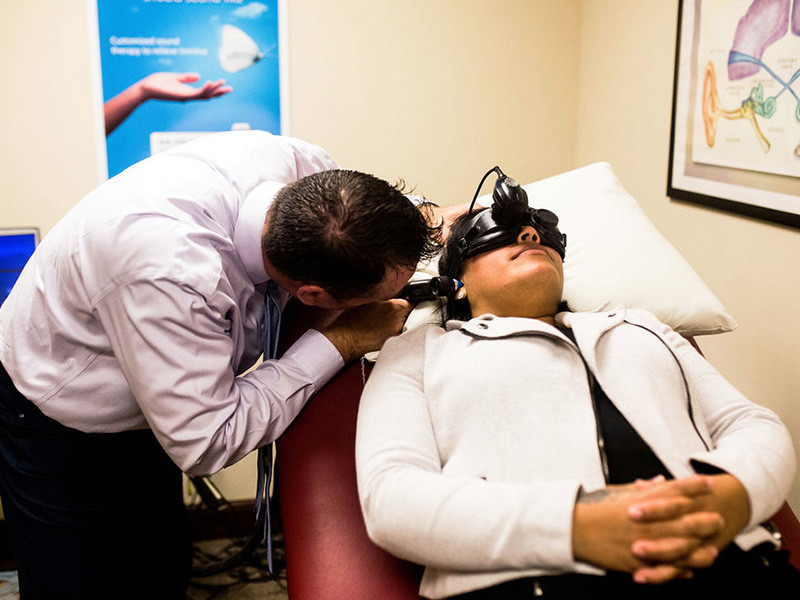
If you suffer from dizziness or loss of balance, you’re not alone! Dizziness and balance problems or vestibular problems are the third most common complaint to primary physicians after headaches and back pain. Over 90 million Americans have experienced a balance problem. Balance or dizziness problems can be caused by typical processes associated with aging, but can also be triggered by inner ear disorders, orthopedic conditions, cardiovascular conditions, metabolic or hormonal fluctuations, pharmacological interactions or side effects, central nervous system conditions, such as MS or migraine, as well as injuries.
At Clear Choice Hearing and Balance, we explore the potential causes of these problems and help you obtain relief from them. In the short term, a treatment plan can be designed to help you reduce the risks of falls and live more confidently. For the long term, we can seek solutions that may alleviate or eliminate the cause of your balance issues.
We will work closely with your physicians and various specialists, in order to guide the most appropriate treatment of disorders of dizziness and balance. Vertigo is an illusion of motion when the body or head remains still. It is typically ear-related. Several common types of vertigo are treatable during an initial visit. We will explain further when we see you.

Common Symptoms of Vestibular/Balance Problems Include:
- Dizziness or Spinning Sensations
- Room spins
- Light-headedness or floating sensations
- Unsteadiness and falls
- Difficulty walking in the dark
- Swaying when you stand up
- Veering while walking
- Vertigo sensations or nausea triggered by head turns, looking upward or looking downward
- Persistent dizziness following cruise vacations or boating
- Vertigo co-occurring with single-sided hearing loss, tinnitus, or ear fullness sensations

Getting Help for Balance Problems Can Change Your Life
People who suffer from dizziness or loss of balance, including vertigo, are more likely to injure themselves in falls. These injuries often result in severely reduced physical activity and loss of strength and flexibility. This leads to a heightened risk of injury. Even if people with balance problems don’t injure themselves, they often seriously limit their activities simply because they are afraid of falling or becoming dizzy. If you are one of these people, it’s time to take action and return to a full, active lifestyle. A visit to Clear Choice Hearing and Balance in Rochester, NY will put you firmly on a clear path to recovery.

Clear Choice Hearing & Balance Offers:
- Diagnosis and often Treatment for Balance Disorders involving: dizziness, disequilibrium, balance problems, inner-ear vestibular disorders, ototoxicity, head injuries, mobility disorders, orthopedic injuries, vertigo (BPPV), and fall risk.
- Diagnostic Videonystagmography (VNG – to differentiate between different potential causes of dizziness or imbalance). Data gathered during history taking and testing may implicate or rule out ear-related contributions, central nervous system components (MS, brainstem lesions, etc.), toxicity, phobic components, and other factors

VNG Testing
VNG (videonystagmography) testing utilizes special fiber optic camera-equipped goggles that allow us to detect and measure eye movements during various tasks. The patterns we find provide diagnostic information and allow us to guide treatment. Associated tests in our battery include the Sensory Organization Performance Test, Dynamic Visual Acuity, and Head Impulse Test, as well as Cervical Vertigo and Vertebral Artery screenings. All standard audiometric testing is also performed, in order to fully determine any ear-related component to the problem and guide diagnosis. A full report of all history, test results and recommendations will be sent to your primary physician, any referring physician and other relevant professionals, following HIPAA guidelines.
Click here to view and print our VNG patient information form.

